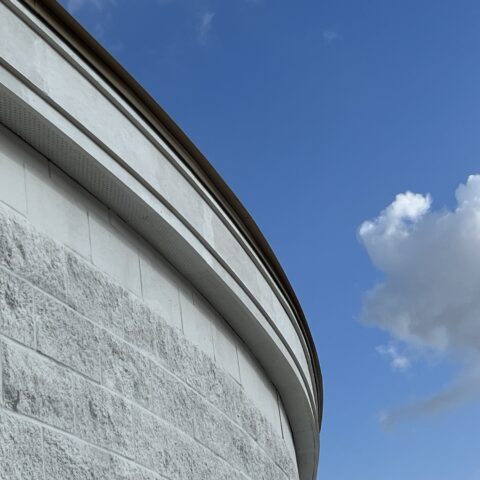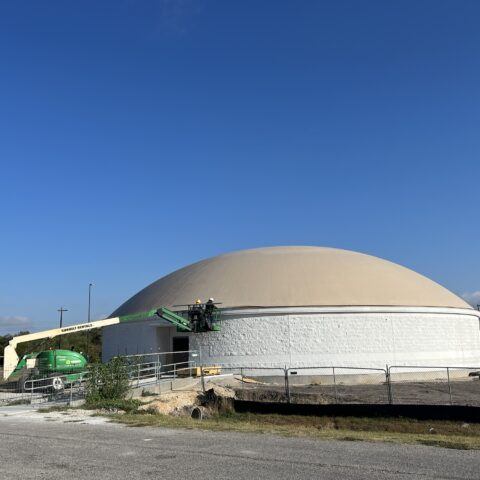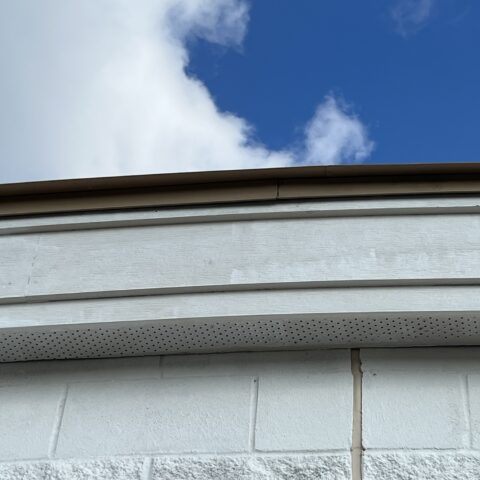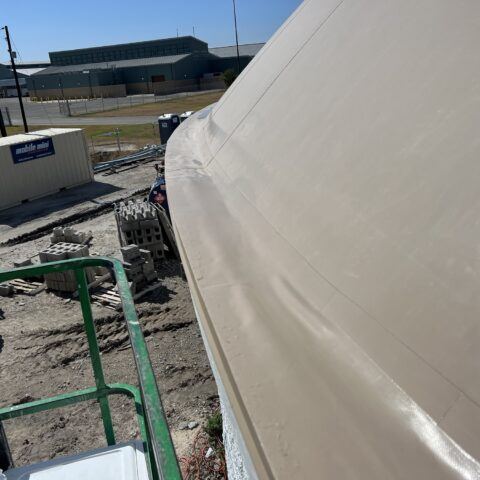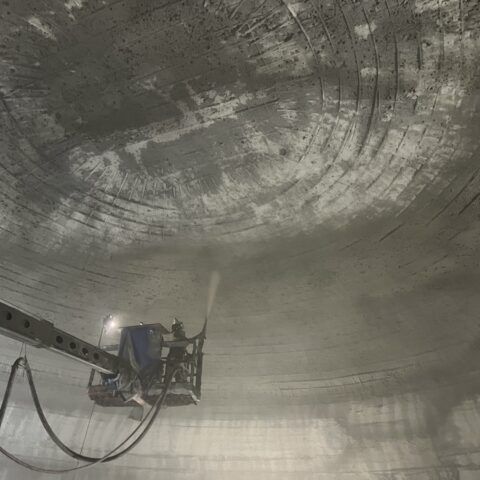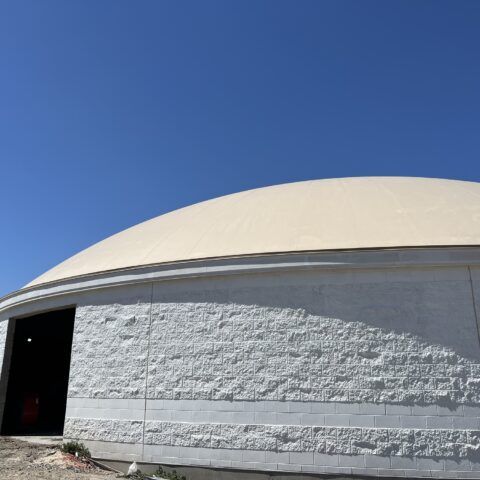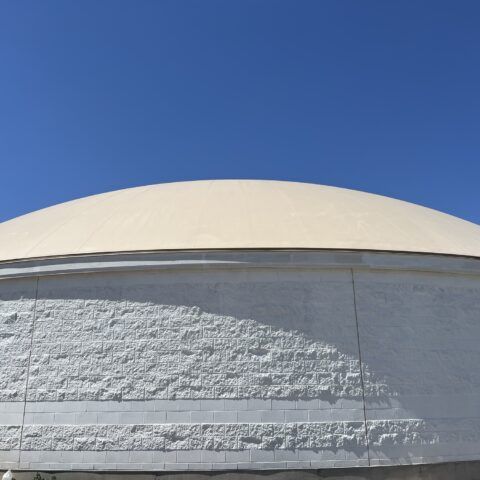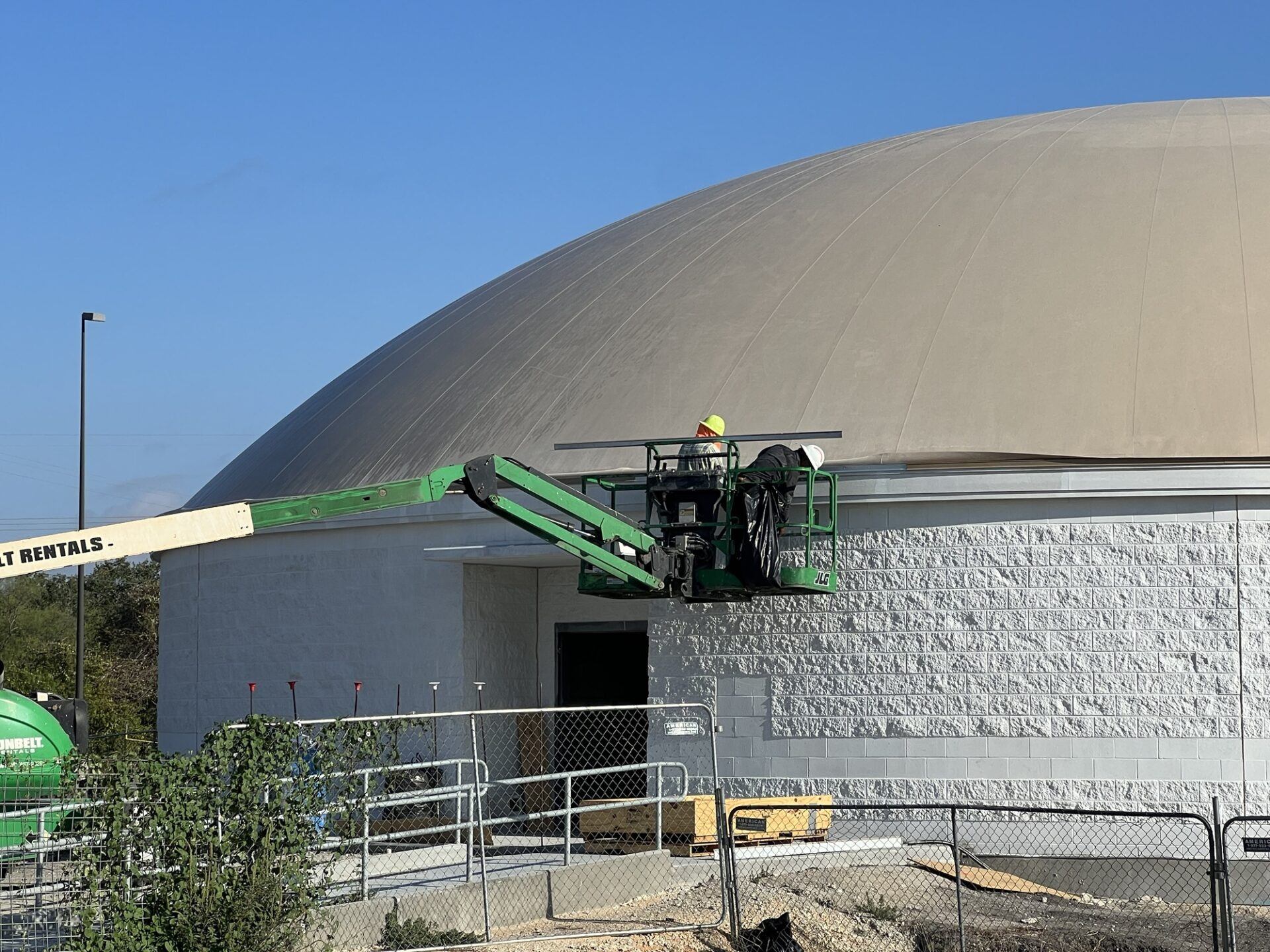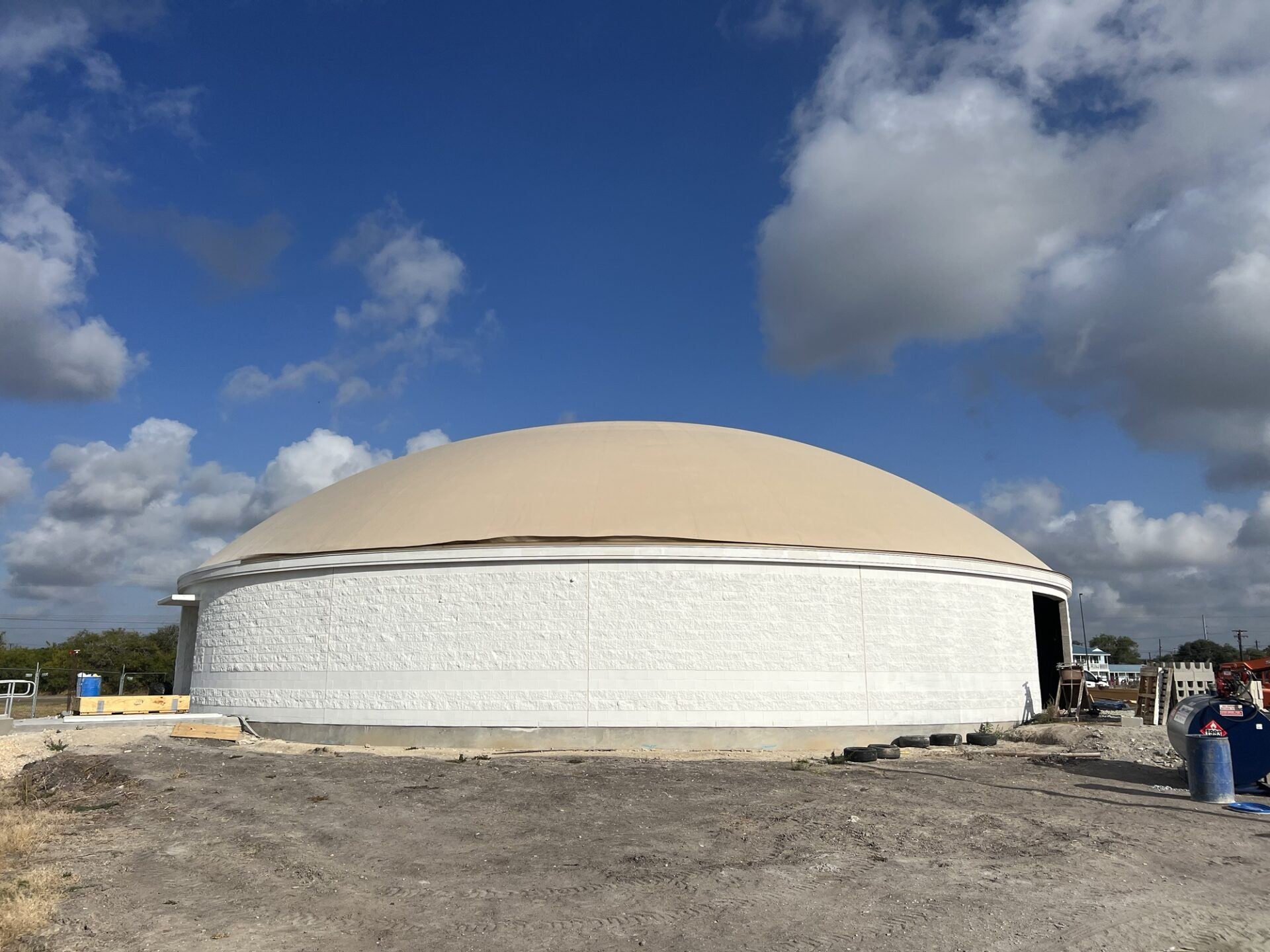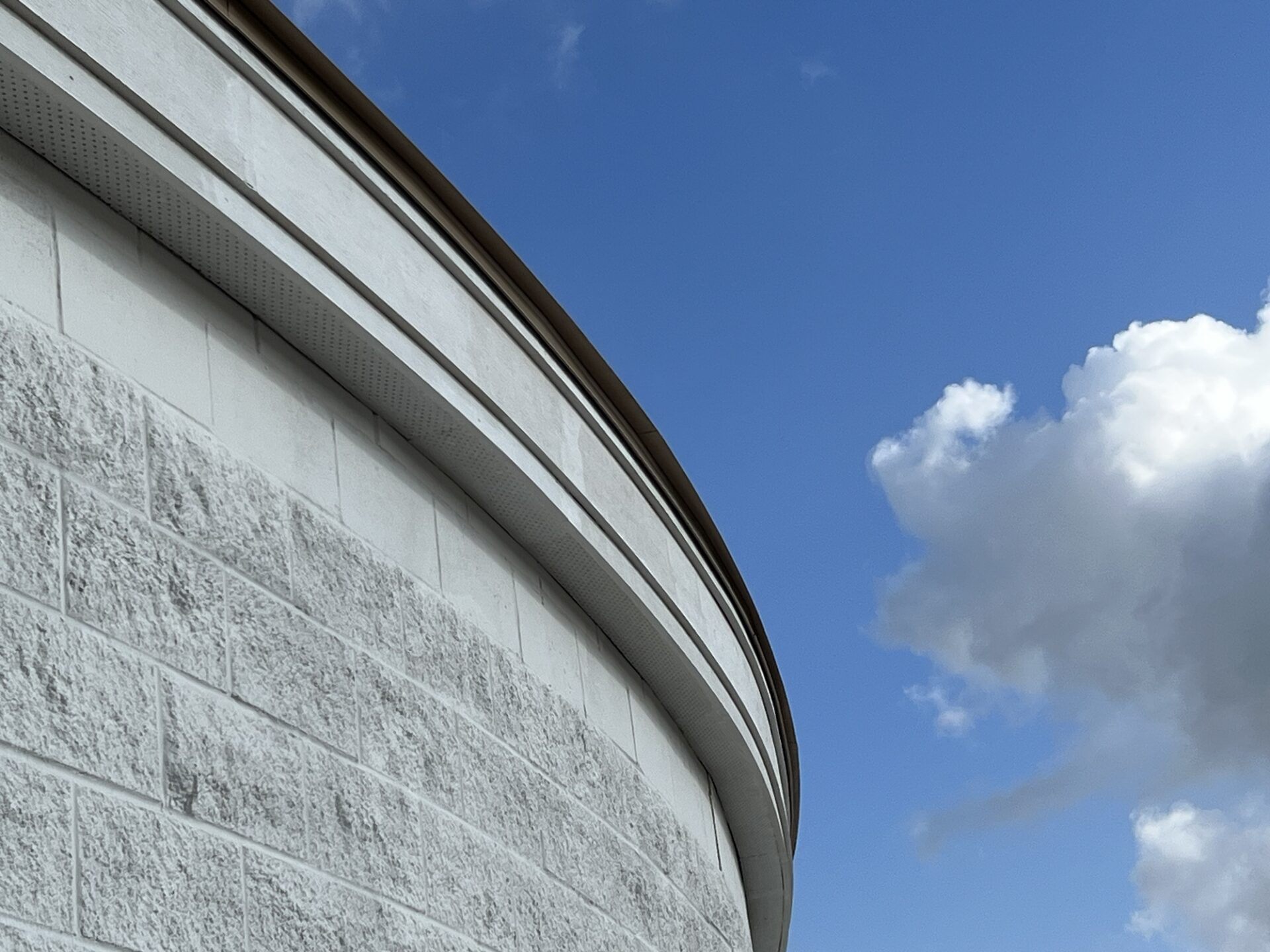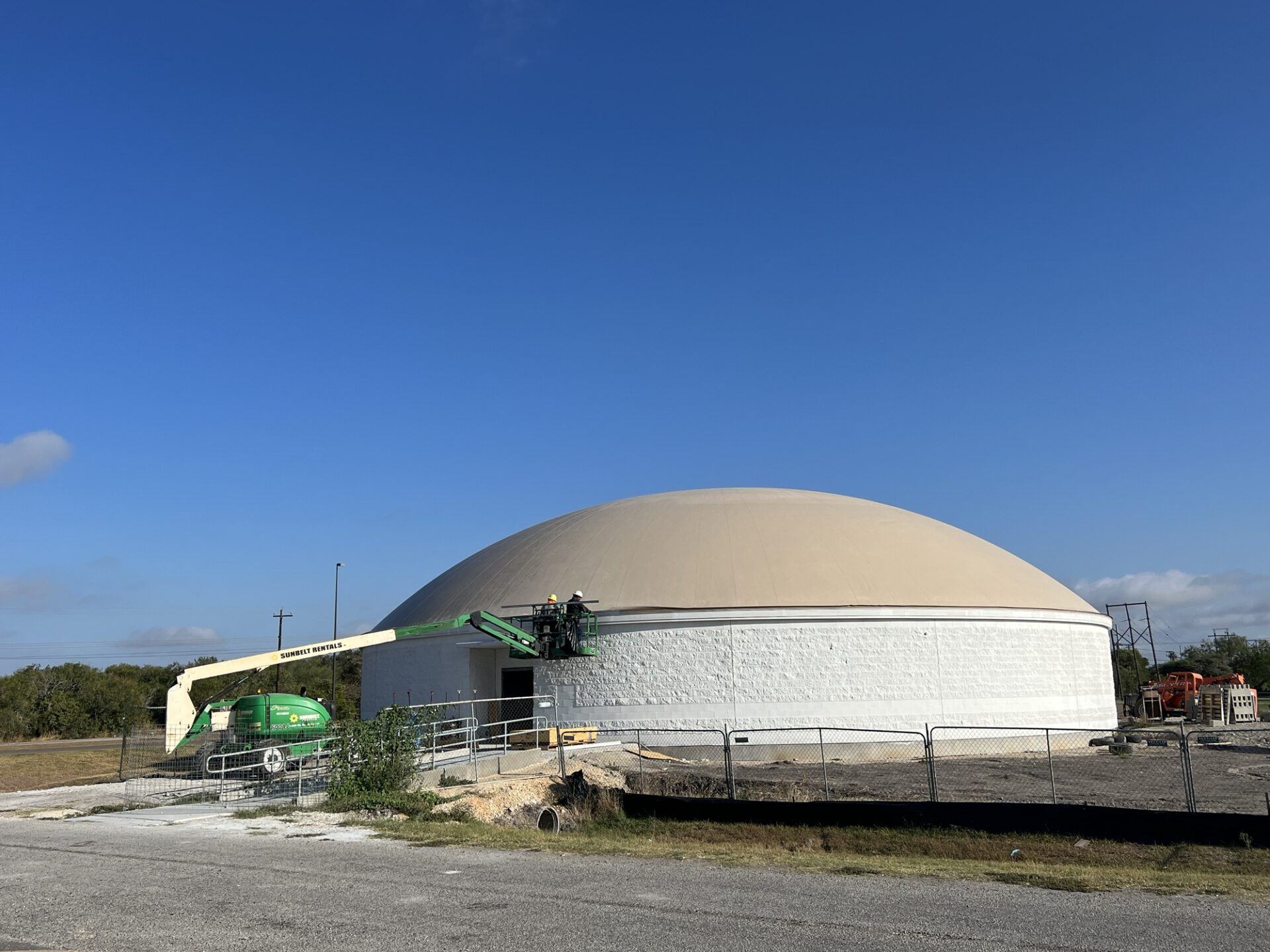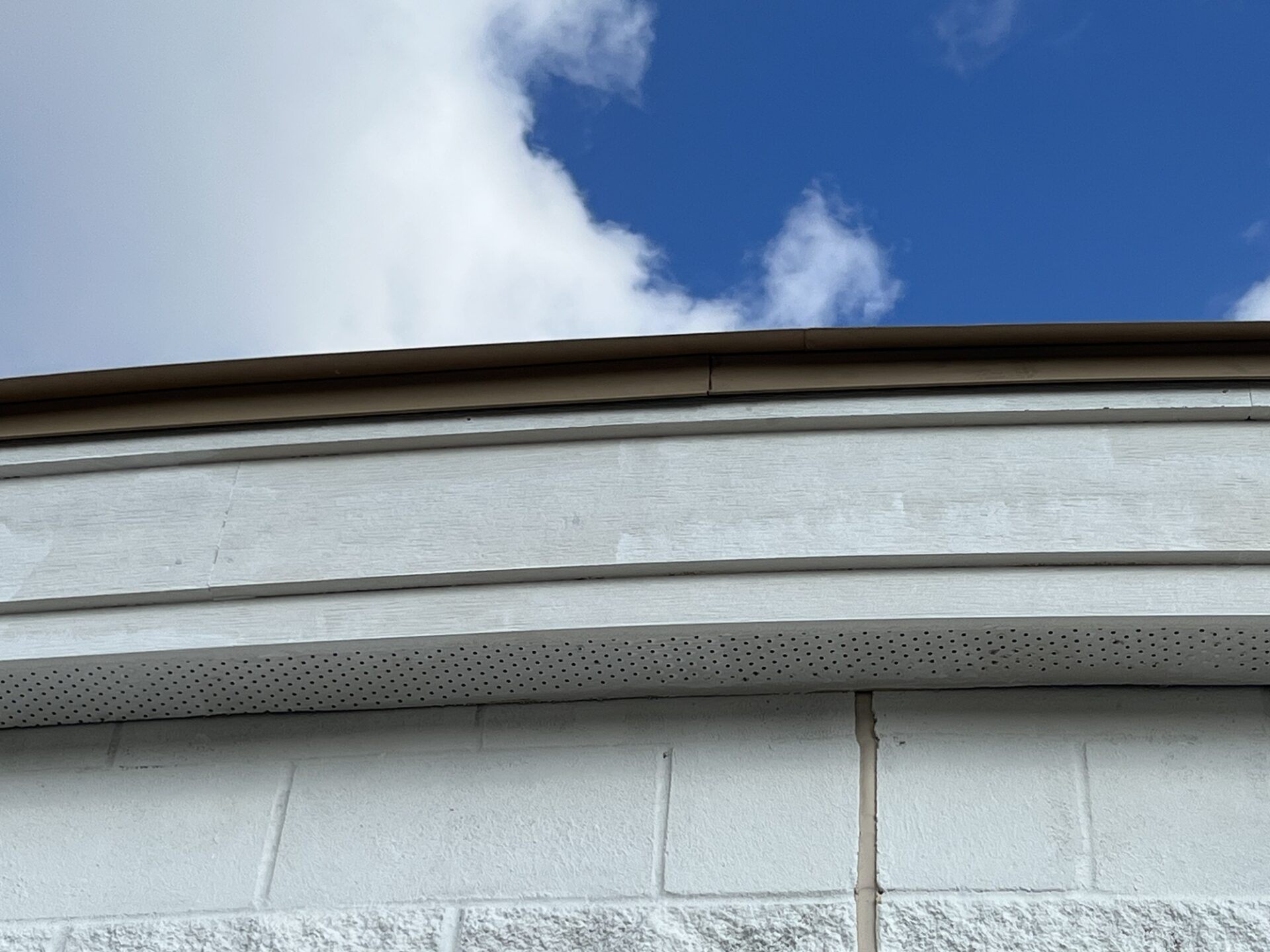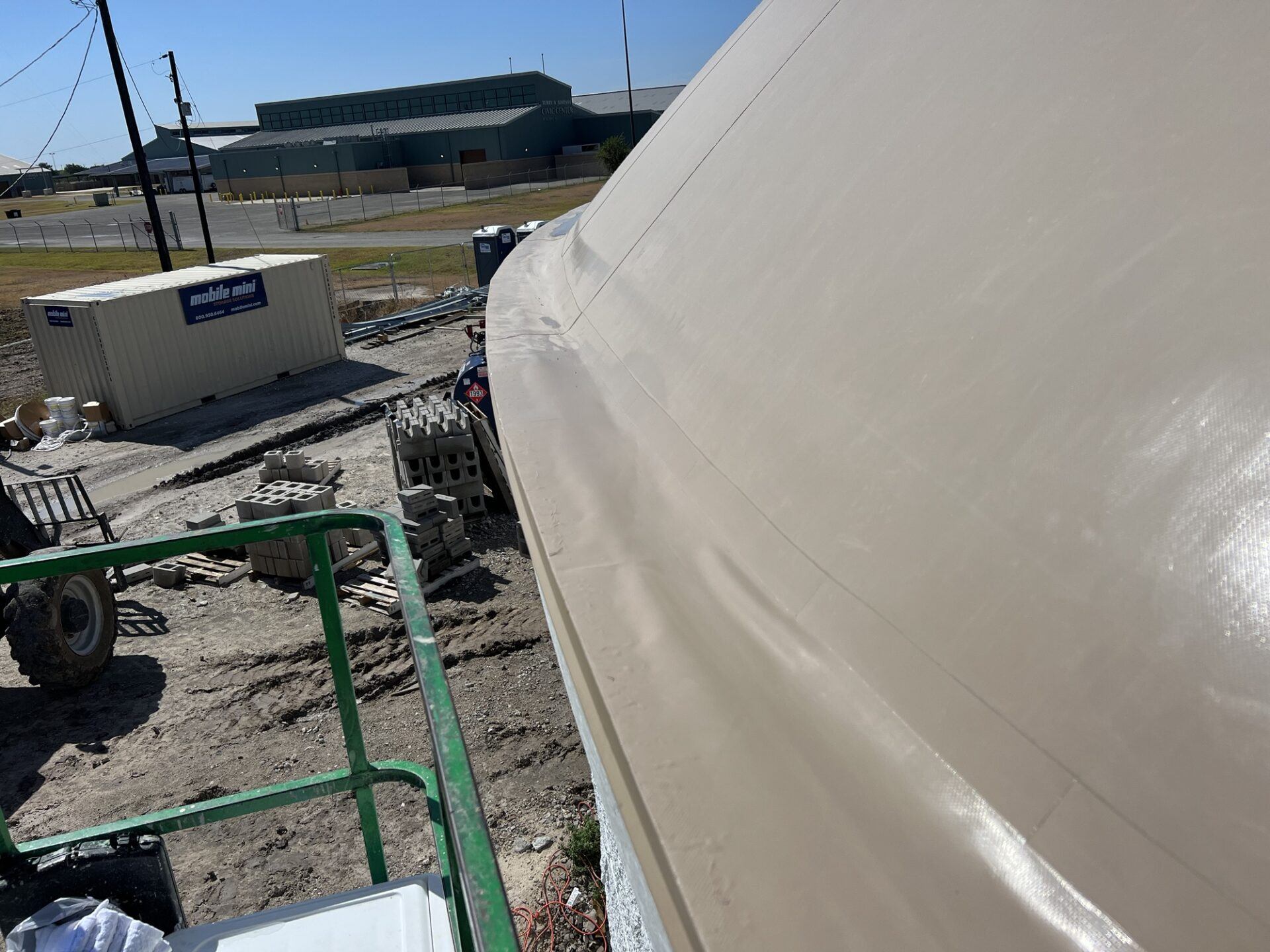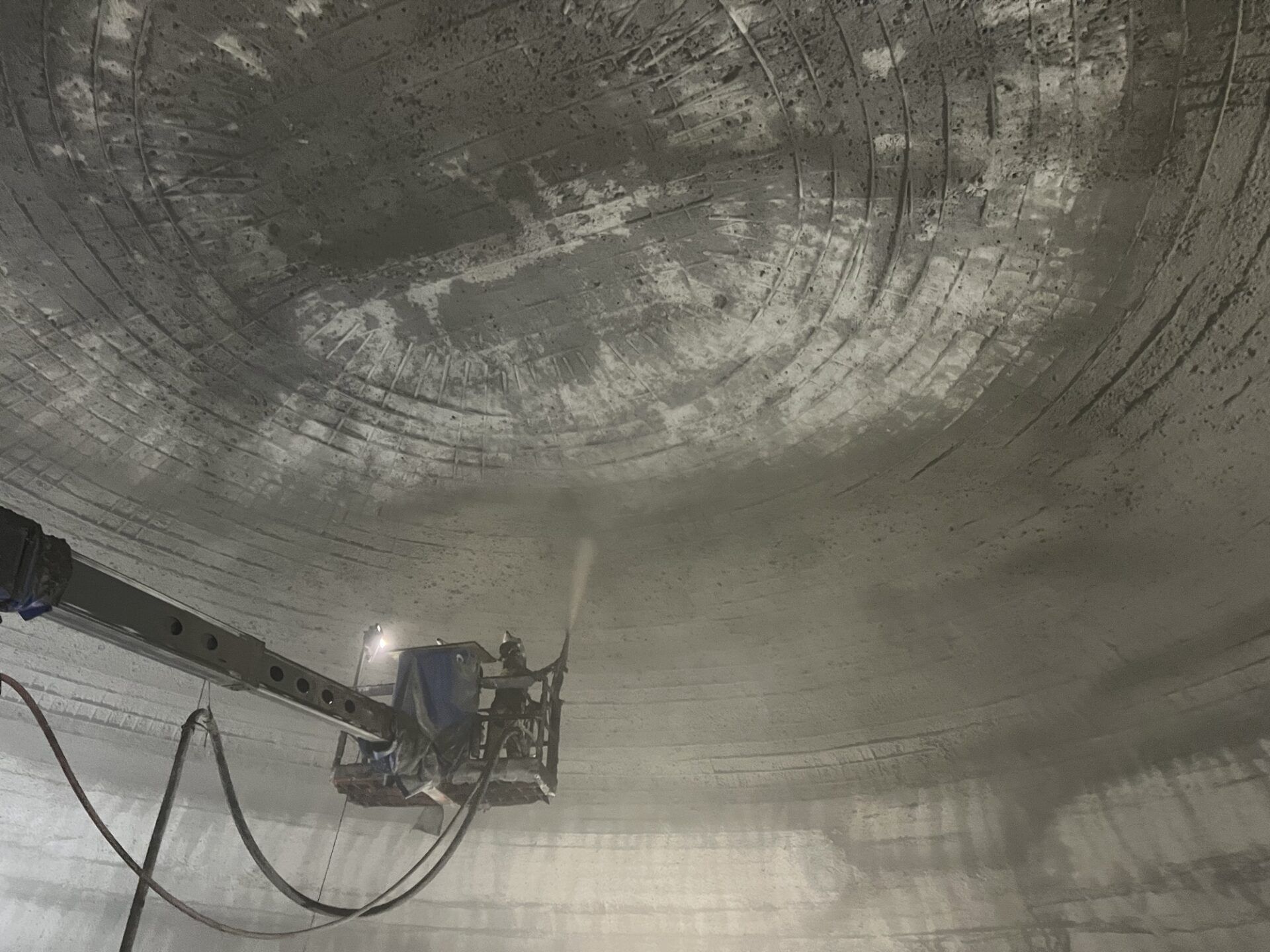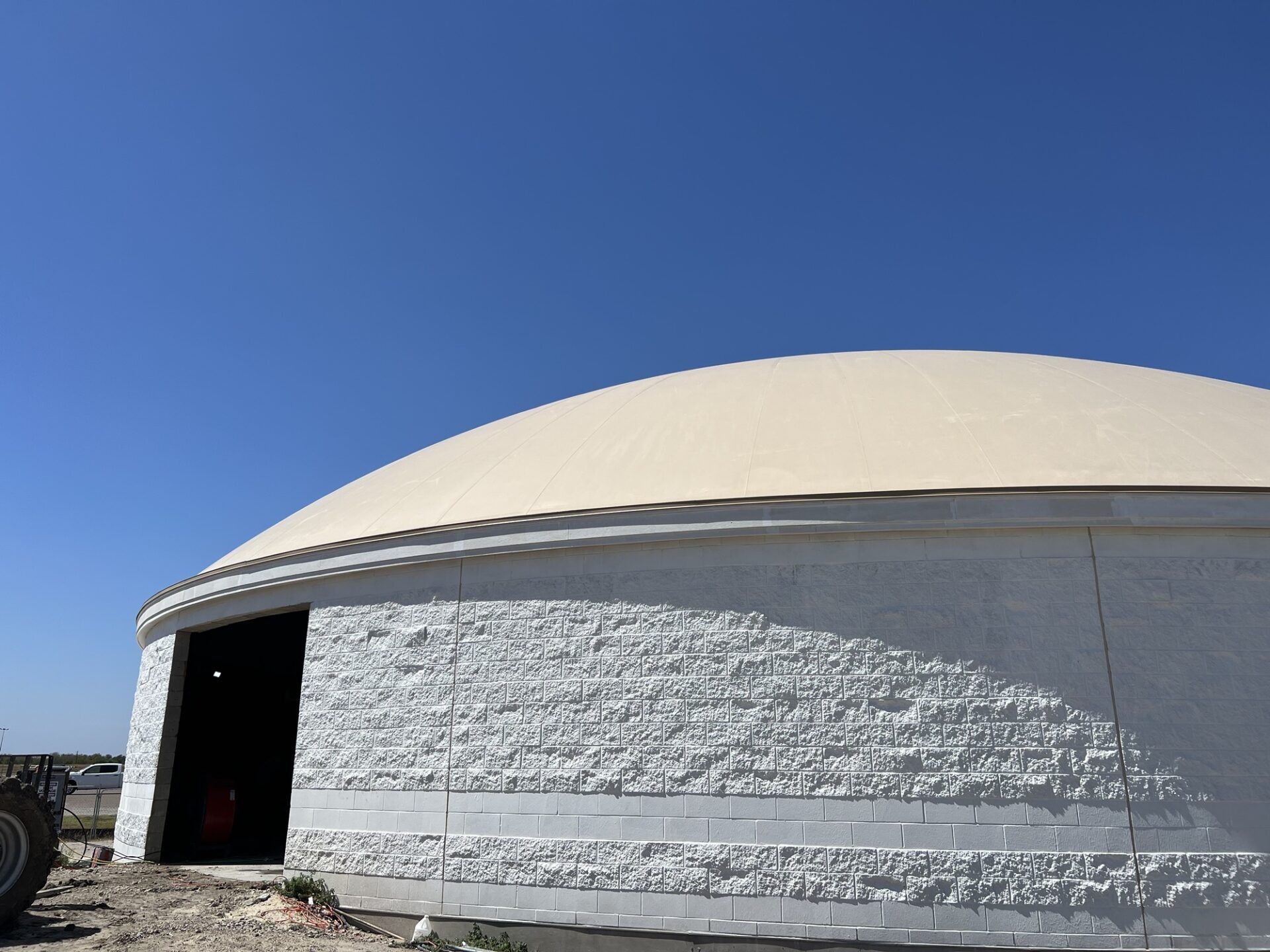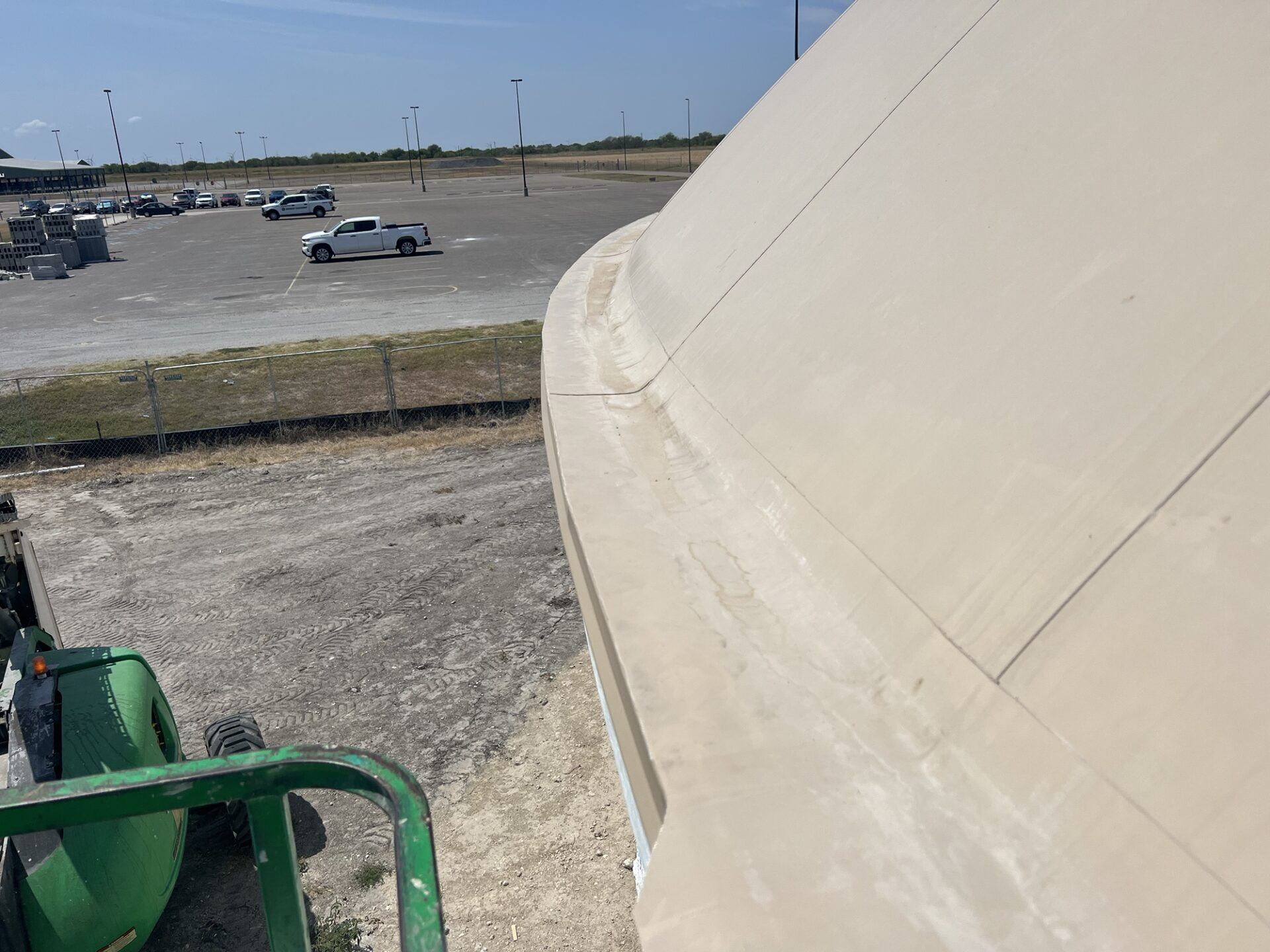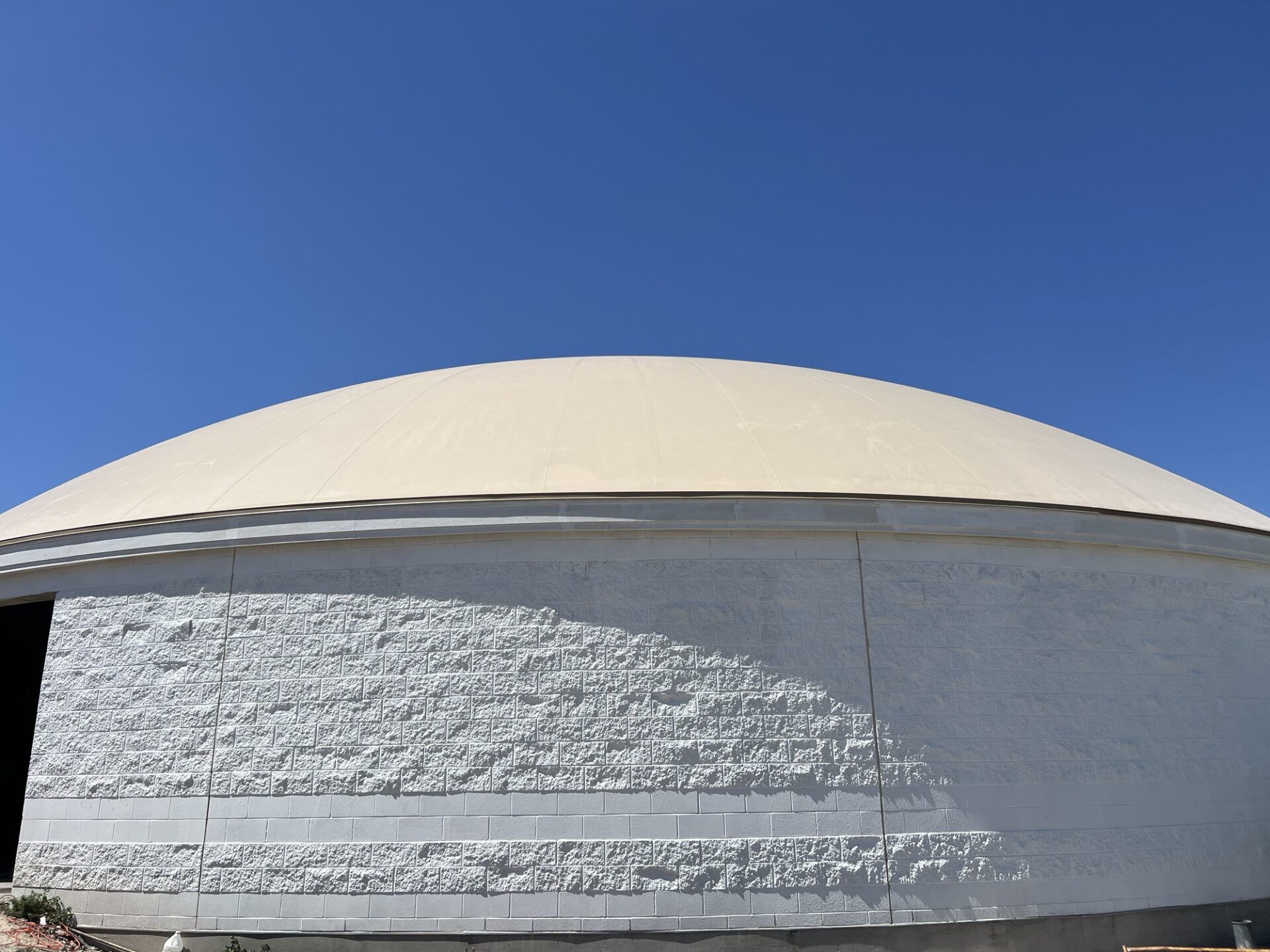The County of San Patricio in Sinton, Texas, chose a dome for its FEMA storm shelter, built to protect locals during major weather events in southeast Texas near the Gulf of Mexico.
Completed in 2023, the storm shelter was built at the existing county fairgrounds and finished in colors to match adjacent buildings like the events center and exhibition hall. “The campus is just beautiful,” said Dome Technology sales manager Daren Wheeler. “This shelter has been built for the protection of residents in the community during a high-wind event.”
Federal Emergency Management Agency grant dollars funded the project. Bass Construction acted as contractor, and Dome Technology provided the dome roof. With the concrete masonry unit (CMU) wall already built, Dome Technology’s team installed the dome, which reaches 19 feet above the top of the stem wall and is 96 feet in diameter. With the membrane inflated, concrete was installed using the shotcrete method, and sound-barrier insulation was applied to the interior. Also, Dome Technology integrated a factory-produced roof skirt into the dome membrane, which the county requested as a cost-saving measure.
Dome Technology’s steel-reinforced concrete structures are engineered to meet FEMA 361, ICC-500, and National Storm Shelter Association standards and provide almost absolute protection in extreme weather events; based on current knowledge of tornadoes and hurricanes, occupants of a safe room built in accordance with these guidelines will very likely be protected from injury or death. These domes provide peace of mind for those in areas experiencing tornadoes, hurricanes, typhoons, earthquakes, or fires on a regular basis.
Built to last a lifetime, the domes provide:
- Open floor plans that can be customized for various uses in a community
- Protection from hurricane and tornado winds exceeding 250 mph
- Construction that meets LEED standards and features the latest green technologies
- Substantial savings compared with the cost of conventional construction


